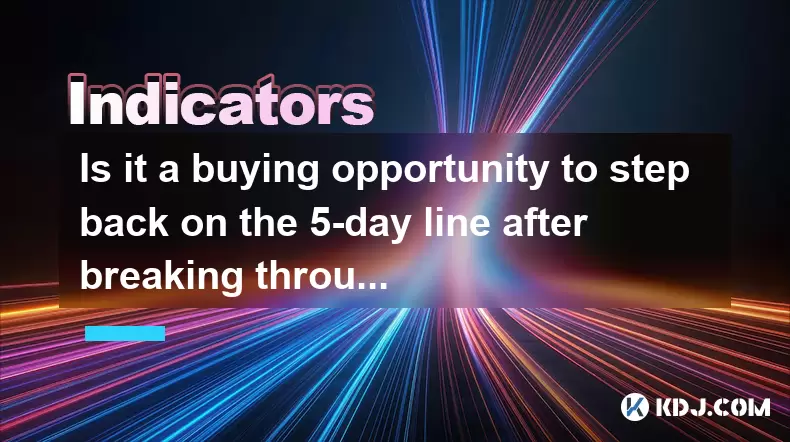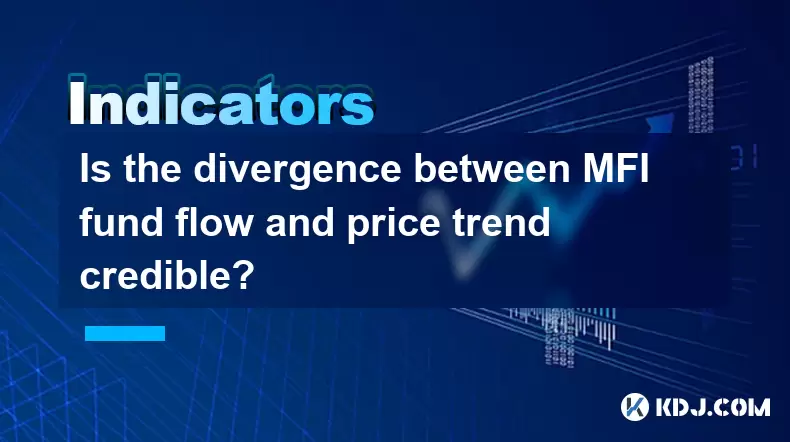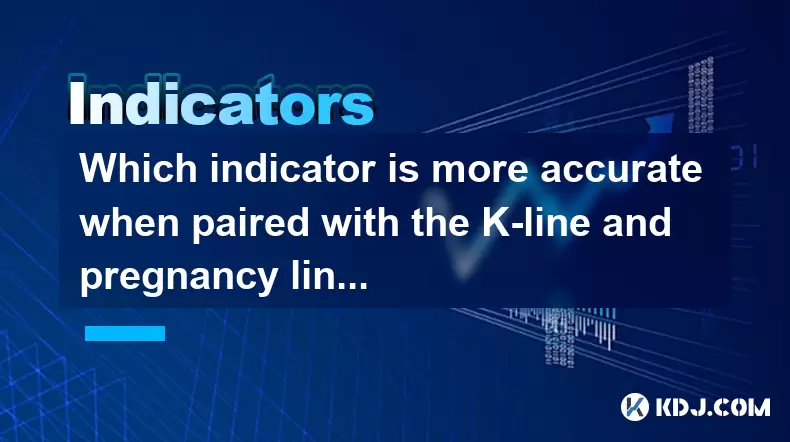-
 Bitcoin
Bitcoin $119300
1.07% -
 Ethereum
Ethereum $3730
3.87% -
 XRP
XRP $3.235
0.29% -
 Tether USDt
Tether USDt $1.000
0.00% -
 BNB
BNB $783.5
1.88% -
 Solana
Solana $188.7
0.25% -
 USDC
USDC $0.0000
-0.01% -
 Dogecoin
Dogecoin $0.2399
-0.44% -
 TRON
TRON $0.3157
2.37% -
 Cardano
Cardano $0.8254
1.94% -
 Hyperliquid
Hyperliquid $42.83
0.14% -
 Stellar
Stellar $0.4372
3.21% -
 Sui
Sui $3.859
4.91% -
 Chainlink
Chainlink $18.53
3.53% -
 Hedera
Hedera $0.2464
0.01% -
 Bitcoin Cash
Bitcoin Cash $519.8
2.46% -
 Avalanche
Avalanche $24.24
2.17% -
 Litecoin
Litecoin $113.7
0.73% -
 UNUS SED LEO
UNUS SED LEO $8.990
0.30% -
 Shiba Inu
Shiba Inu $0.00001390
0.21% -
 Toncoin
Toncoin $3.188
1.49% -
 Ethena USDe
Ethena USDe $1.001
0.02% -
 Polkadot
Polkadot $4.090
-0.91% -
 Uniswap
Uniswap $10.40
4.08% -
 Monero
Monero $326.6
3.12% -
 Bitget Token
Bitget Token $4.627
-0.42% -
 Pepe
Pepe $0.00001281
0.76% -
 Dai
Dai $1.000
0.01% -
 Aave
Aave $291.6
0.98% -
 Cronos
Cronos $0.1269
7.26%
Is it a buying opportunity to step back on the 5-day line after breaking through the historical high?
A pullback to the 5-day moving average after a historical high breakout can signal a valid buying opportunity if confirmed by volume, candlestick patterns, and trend strength.
Jun 29, 2025 at 09:29 pm

Understanding the 5-Day Moving Average in Cryptocurrency Trading
In cryptocurrency trading, technical analysis plays a critical role in decision-making. One of the most commonly used indicators is the 5-day moving average (5DMA). This indicator calculates the average price of an asset over the past five days and updates daily as new data becomes available. Traders use it to identify short-term trends and potential reversal points.
When analyzing price movements, especially during bullish phases, traders often observe whether the price pulls back to the 5DMA after reaching new highs. A pullback refers to a temporary decline in price following a period of upward movement. In many cases, this can signal a potential entry point for traders who missed the initial rally.
The 5DMA acts as a dynamic support level during strong uptrends.
Historical High Breakouts in Cryptocurrency Markets
Cryptocurrencies are known for their volatile nature, making historical high breakouts significant events. When an asset breaks through its previous all-time high, it often signals strong buying pressure and renewed investor confidence. However, such breakouts are not always followed by continuous upward momentum. Instead, they may be followed by a consolidation phase or a brief retracement.
A common question among traders is: Does a pullback to the 5-day line after breaking through a historical high offer a valid buying opportunity? To answer this, we must examine how markets typically react post-breakout and what role the 5DMA plays in confirming strength.
During strong bull runs, even minor pullbacks tend to find support near the 5DMA. If volume remains healthy and no major negative news surfaces, these dips can present favorable risk-reward setups for aggressive traders.
Analyzing Price Behavior After Historical High Breakouts
After breaking through a historical high, price behavior can vary depending on market sentiment, volume, and broader macroeconomic conditions. However, in many successful crypto rallies, we observe that:
- The price consolidates briefly before resuming its upward trajectory.
- Retracements often stop near key moving averages like the 5DMA or 10DMA.
- Stronger assets tend to hold above the 5DMA during corrections.
Traders often look for confluence between the 5DMA and other indicators like RSI (Relative Strength Index) or MACD (Moving Average Convergence Divergence) to confirm whether a pullback is merely a pause or a reversal.
If the price finds support at the 5DMA and begins to rise again with increasing volume, it may indicate a continuation of the trend.
How to Identify a Valid Pullback to the 5-Day Line
Identifying a valid pullback involves more than just watching the price touch the 5DMA. Several factors must align to increase the probability of a successful trade setup:
- Volume confirmation: Look for decreasing volume during the pullback and increasing volume as the price starts to move up again.
- Price structure: Ensure that the pullback doesn’t breach important support levels or trendlines.
- Timeframe alignment: Confirm the pullback on multiple timeframes — for example, checking the 4-hour chart while trading on the daily chart.
- Market context: Assess whether the broader market is still bullish and whether the asset in question is outperforming its peers.
Additionally, using candlestick patterns like bullish engulfing or hammer formations near the 5DMA can provide further confirmation of potential reversals.
Step-by-Step Guide to Evaluating the Buying Opportunity
To assess whether stepping in on the 5-day line after a historical high breakout is a valid strategy, follow this detailed process:
- Confirm the breakout: Ensure that the price has clearly broken above the previous historical high with strong volume.
- Monitor the pullback: Watch how far the price retraces — ideally, it should not fall below the 5DMA unless there’s a sudden shock.
- Analyze volume during the pullback: Volume should decrease as the price drops and then increase as it starts to rise again.
- Check for bullish candlestick patterns: Look for signs of rejection at the 5DMA, such as long lower wicks or bullish candles forming near the moving average.
- Use additional indicators for confirmation: Consider overlaying RSI or MACD to ensure that the asset isn't overbought or showing bearish divergence.
- Set entry and exit points: Enter a position once the price confirms a bounce off the 5DMA, and set a stop loss slightly below the moving average.
This structured approach helps filter out false signals and improves the likelihood of capturing a successful trade.
Frequently Asked Questions
Q: Can I apply this strategy to altcoins as well as Bitcoin or Ethereum?
Yes, the principle applies across various cryptocurrencies. However, altcoins may experience more volatility and less predictable behavior compared to major coins. Always verify volume and overall market conditions before entering a trade.
Q: What if the price doesn’t retrace to the 5-day line after a breakout?
Not every breakout will see a clean pullback to the 5DMA. In some cases, the price may continue rising without looking back. Missing the opportunity doesn’t mean missing the entire trend — you can still consider scaling into positions later if momentum continues.
Q: Should I only rely on the 5-day line for my trading decisions?
No single indicator should be used in isolation. Combining the 5DMA with other tools like volume analysis, candlestick patterns, and broader market sentiment provides a more robust framework for decision-making.
Q: How do I differentiate between a healthy pullback and a trend reversal?
A healthy pullback typically sees reduced selling pressure and early signs of buying interest returning. A reversal often shows increased selling volume, bearish candlesticks, and breakdowns below key support levels. Monitoring these dynamics helps distinguish between the two.
Disclaimer:info@kdj.com
The information provided is not trading advice. kdj.com does not assume any responsibility for any investments made based on the information provided in this article. Cryptocurrencies are highly volatile and it is highly recommended that you invest with caution after thorough research!
If you believe that the content used on this website infringes your copyright, please contact us immediately (info@kdj.com) and we will delete it promptly.
- NFTs, Trademarks, and Judgments: A New York Minute on the Yuga Labs Case
- 2025-07-25 12:30:11
- Bitcoin, Jim Cramer, and the US Deficit: A Wall Street Story
- 2025-07-25 10:30:11
- TGEs, Scalability & Privacy Tech: Decoding the Future of Blockchain
- 2025-07-25 10:30:11
- Crypto Payroll Revolution: How Stablecoins are Changing the Salary Game
- 2025-07-25 12:30:11
- Ben Askren, FUNKY Memecoin, and the Fallout: A New York Minute
- 2025-07-25 10:50:11
- TRON, Crypto Payroll, and Stablecoins: A New York Minute on the Future of Finance
- 2025-07-25 08:30:11
Related knowledge

Is the divergence between MFI fund flow and price trend credible?
Jul 25,2025 at 12:01pm
Understanding MFI and Fund Flow in Cryptocurrency MarketsThe Money Flow Index (MFI) is a technical oscillator that combines price and volume to assess...

Should I go all in when DIF crosses DEA?
Jul 25,2025 at 12:42am
Understanding DIF and DEA in MACD AnalysisWhen traders analyze DIF and DEA in the context of the Moving Average Convergence Divergence (MACD) indicato...

Should I go all in when the upper edge of the box is broken?
Jul 25,2025 at 01:50am
Understanding the 'Box' in Cryptocurrency Price ChartsThe term 'box' in cryptocurrency trading typically refers to a price consolidation range where t...

Should I go all in when the parabolic turning signal appears?
Jul 25,2025 at 06:36am
Understanding the Parabolic Turning Signal in Crypto TradingThe parabolic turning signal is a technical indicator derived from the Parabolic SAR (Stop...

Should I follow up with a full position when the trading volume suddenly increases?
Jul 25,2025 at 12:28am
Understanding Sudden Increases in Trading VolumeA sudden spike in trading volume often signals heightened market activity and can indicate that new in...

Which indicator is more accurate when paired with the K-line and pregnancy line combination?
Jul 25,2025 at 05:43am
Understanding the K-Line and Pregnancy Line CombinationThe K-line, also known as the Japanese candlestick chart, is a foundational tool in technical a...

Is the divergence between MFI fund flow and price trend credible?
Jul 25,2025 at 12:01pm
Understanding MFI and Fund Flow in Cryptocurrency MarketsThe Money Flow Index (MFI) is a technical oscillator that combines price and volume to assess...

Should I go all in when DIF crosses DEA?
Jul 25,2025 at 12:42am
Understanding DIF and DEA in MACD AnalysisWhen traders analyze DIF and DEA in the context of the Moving Average Convergence Divergence (MACD) indicato...

Should I go all in when the upper edge of the box is broken?
Jul 25,2025 at 01:50am
Understanding the 'Box' in Cryptocurrency Price ChartsThe term 'box' in cryptocurrency trading typically refers to a price consolidation range where t...

Should I go all in when the parabolic turning signal appears?
Jul 25,2025 at 06:36am
Understanding the Parabolic Turning Signal in Crypto TradingThe parabolic turning signal is a technical indicator derived from the Parabolic SAR (Stop...

Should I follow up with a full position when the trading volume suddenly increases?
Jul 25,2025 at 12:28am
Understanding Sudden Increases in Trading VolumeA sudden spike in trading volume often signals heightened market activity and can indicate that new in...

Which indicator is more accurate when paired with the K-line and pregnancy line combination?
Jul 25,2025 at 05:43am
Understanding the K-Line and Pregnancy Line CombinationThe K-line, also known as the Japanese candlestick chart, is a foundational tool in technical a...
See all articles

























































































